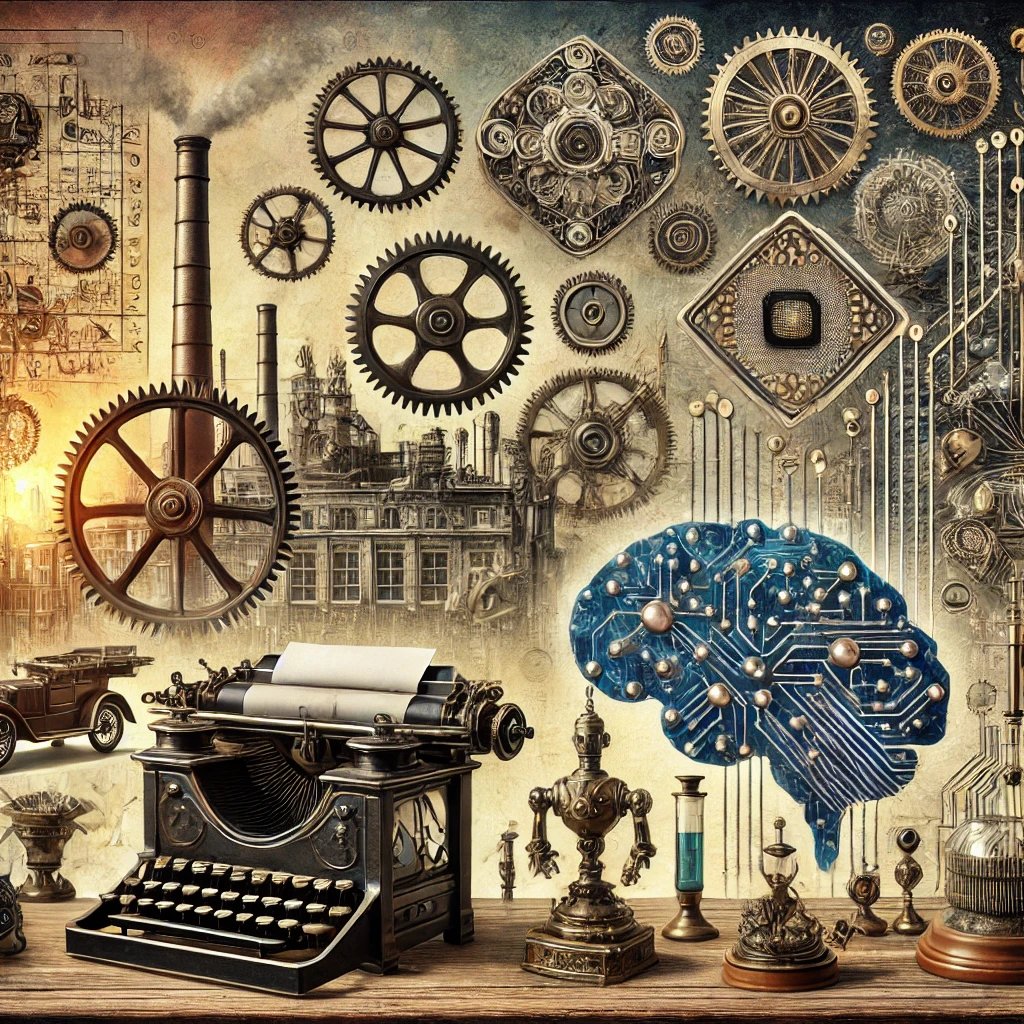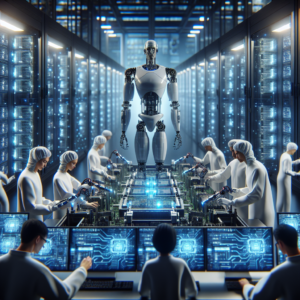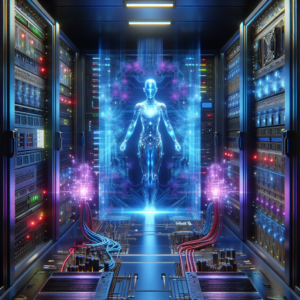Opinion | The 19th-Century Technology That Threatens A.I.
The rise of artificial intelligence (A.I.) has brought forth numerous innovations that promise to revolutionize our world. However, as we dive deeper into this leap of technological advancement, we must also confront the implications of technologies that are over a century old. This article explores how 19th-century technologies, particularly those related to the steam engine and mechanical processes, may pose unforeseen risks to the future of A.I.
The Unforeseen Consequences of Innovation
A.I. is often seen as a beacon of progress, heralding a new era of efficiency and capability. Yet, history teaches us that every technological advancement carries with it the potential for significant consequences. The steam engine, a cornerstone of the Industrial Revolution, was designed to improve productivity. However, it also led to environmental degradation, urban overcrowding, and labor exploitation.
Similarly, as we advance our A.I. systems, we must consider the potential downsides. The increasing reliance on A.I. can lead to:
- Job Displacement: As machines become capable of performing tasks traditionally done by humans, there is a growing fear of widespread unemployment.
- Data Privacy Concerns: A.I. systems often require vast amounts of data, raising questions about how that data is stored, secured, and utilized.
- Ethical Dilemmas: The deployment of A.I. in critical areas such as law enforcement can lead to biased outcomes if not properly managed.
For a deeper understanding of the ethical implications of A.I., check out this comprehensive guide from the Ethics in Technology.
Learning from History
To navigate the future of A.I., we must also reflect on historical technological advancements. The steam engine’s impact on society, while largely positive in terms of industrial productivity, resulted in profound social issues that we are still addressing today.
A study conducted by the Harvard Business Review highlights that as we integrate A.I. into various sectors, we must prioritize social responsibility. This means designing A.I. systems with the intent to enhance human capability rather than replace it.
Moreover, the backlash against automation during the Industrial Revolution offers critical lessons. Workers organized against the rise of machinery, fearing for their jobs and livelihoods. Today, we face similar struggles, and it’s crucial to foster a dialogue about the future of work in an A.I.-dominated landscape.
Environmental Considerations
Another concern stemming from our reliance on outdated technologies is the environmental impact. The steam engine, while revolutionary, contributed significantly to pollution and resource depletion.
A.I. technologies, especially those that require vast computational resources, can exacerbate these issues. Data centers consume a considerable amount of energy, leading to a larger carbon footprint. According to a report by the International Energy Agency, the energy demand from data centers is projected to rise significantly in the coming years.
To mitigate these effects, tech companies must prioritize sustainability in their A.I. operations. This includes:
- Investing in Renewable Energy: Transitioning data centers to renewable energy sources can significantly reduce environmental impact.
- Enhancing Energy Efficiency: Upgrading hardware and software to improve energy efficiency can lead to substantial reductions in power consumption.
- Promoting Circular Economy Practices: Implementing recycling programs for electronic waste can help manage the lifecycle of technology products.
For more information on sustainable technology practices, visit the Global Sustainability Initiative.
The Human Element in A.I.
A key takeaway from the discussion on 19th-century technologies is the importance of the human element in innovation. The steam engine, while a tool of progress, could not replace the essential human creativity, empathy, and ingenuity that drive societal change.
In the realm of A.I., the same principle applies. As we continue to develop intelligent systems, we must ensure that human oversight and ethical considerations remain at the forefront.
To achieve this, organizations can adopt several strategies:
- Implementing Ethical Guidelines: Establishing clear ethical frameworks for A.I. development can help guide decision-making processes.
- Encouraging Diversity: Involving a diverse group of stakeholders in A.I. projects can enhance the inclusivity and fairness of outcomes.
- Fostering Continuous Learning: Promoting ongoing education about the implications of A.I. technology can empower individuals to engage with these advancements critically.
For insights on fostering ethical A.I. practices, refer to the AI Ethics Guidelines initiative.
Conclusion: Embracing a Balanced Approach
As we stand on the brink of further advancements in A.I., it is crucial to reflect on the lessons learned from past technologies. While the steam engine brought about profound societal changes, it also introduced challenges that we continue to grapple with today.
By acknowledging the potential threats posed by outdated technologies and prioritizing ethical considerations, sustainability, and the human element, we can navigate the future of A.I. responsibly.
Ultimately, embracing a balanced approach—one that respects historical lessons while fostering innovative solutions—will ensure that we leverage A.I. for the betterment of humanity, rather than allowing it to become a threat reminiscent of past technological revolutions.



